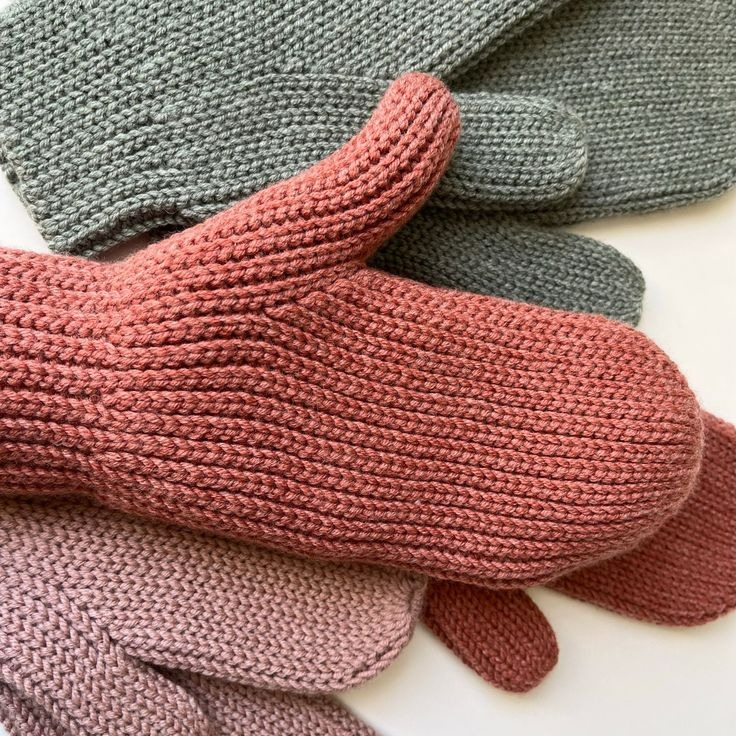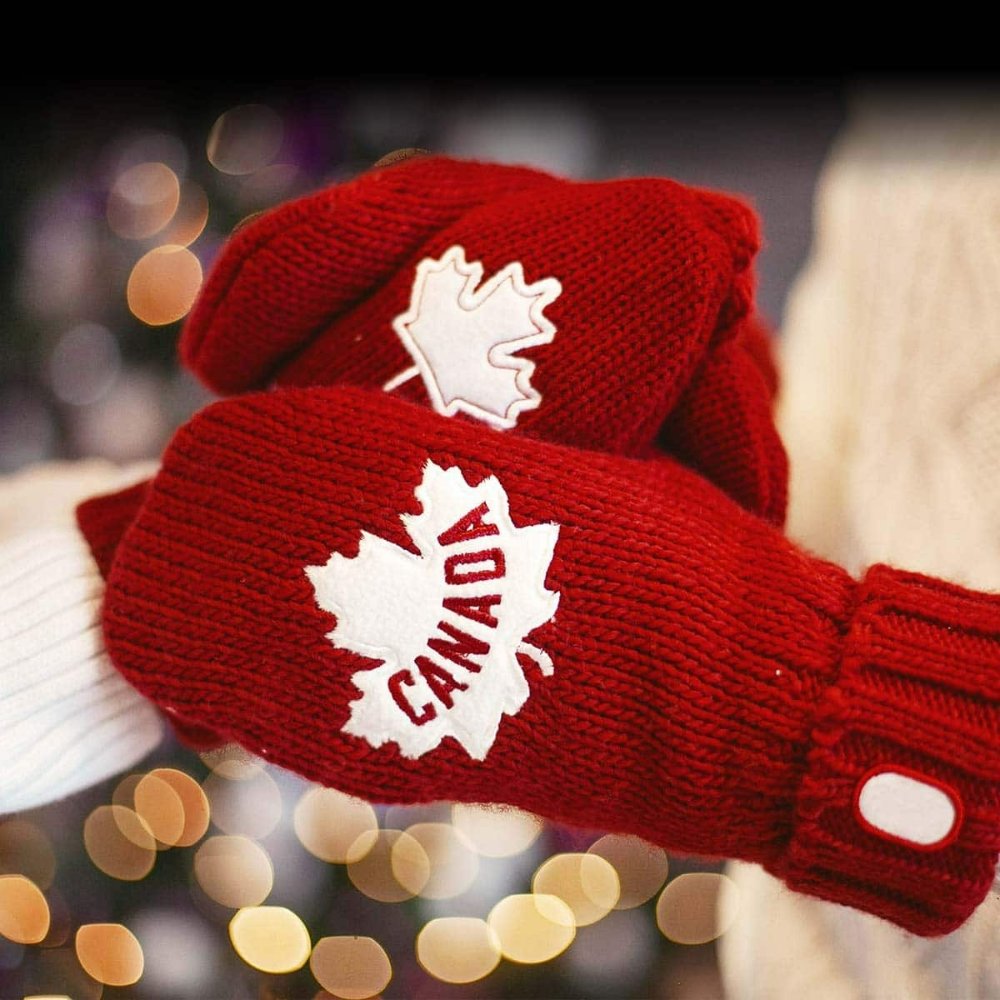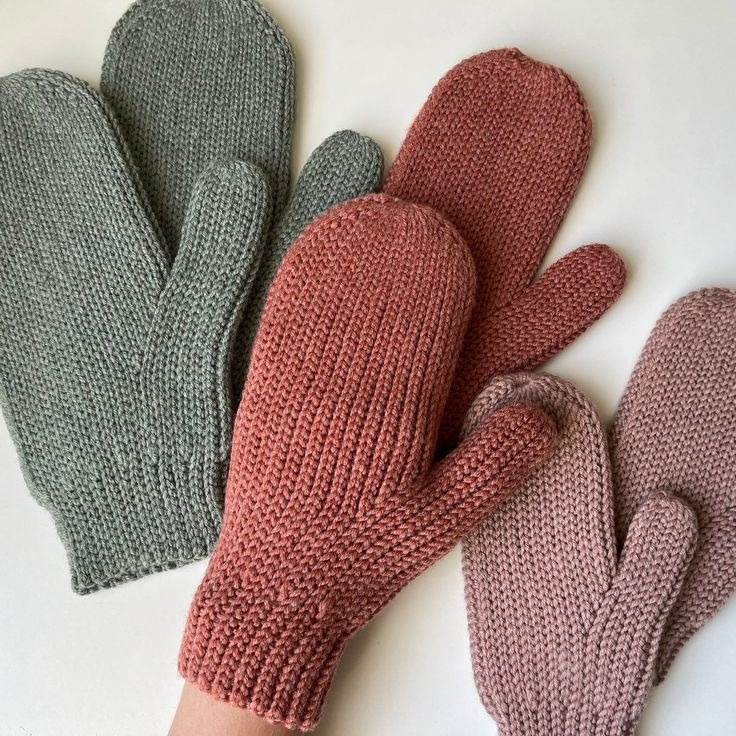Introduction to Mitten Crafting
Mitten crafting is a delightful and practical hobby. It involves creating cozy hand coverings perfect for chilly days. If you’re new to knitting or sewing, a mitten pattern is an ideal starting point. It is a simple project that yields gratifying results. As you gain confidence, you can explore complex designs. Mittens are also wonderful handmade gifts. They show care and thoughtfulness to the recipient. Ready to get started? You’ll find that making mittens can be both fun and rewarding. With the right mitten pattern, materials, and guidance, you’ll craft beautiful mittens in no time.

Essential Materials for Mitten Making
Before diving into your mitten-crafting project, let’s gather the essential materials. You’ll need a reliable mitten pattern as your blueprint. Choose one that suits your skill level and the style you prefer. Next, select the fabric or yarn depending on the mitten pattern requirements. Wool yarn is a popular choice for knitted mittens due to its warmth and durability. For sewn mittens, fleece or a similar fabric works well for its insulation properties.
Choose the right needles or sewing equipment. Knitting needles should match the yarn weight. Sewing enthusiasts will need a sturdy needle and thread. Don’t forget scissors for cutting fabric or trimming yarn. Stitch markers and tapestry needles are helpful for knitters. A sewing machine can speed up the process for sewn mittens, but it’s not mandatory.
Lastly, consider extras like ribbons, beads, or appliques for decoration. They’ll personalize your mittens and add a unique touch. Make sure you have all these materials at hand to ensure a smooth mitten-making experience.
Step-by-Step Guide to Creating Your Own Mittens
Creating your own mittens is a fun and rewarding DIY craft. Here’s a simple step-by-step guide that will help you make a pair of warm mittens with the mitten pattern of your choice.
First, lay out all your materials and the mitten pattern on a flat surface. Ensure you have everything you need within reach to streamline the process.
Step 1: Cut Out the Mitten Pieces. Trace the mitten pattern onto the fabric or yarn. Use sharp scissors to cut out the pieces for the mittens, making sure to follow the pattern closely.
Step 2: Sew or Knit the Thumb. Begin by attaching the thumb piece to the main part of the mitten. If you’re knitting, continue with stitches that ensure proper thumb placement.
Step 3: Construct the Mitten Body. Sew or knit the front and back pieces of the mitten together. Leave an opening for the wrist. If sewing, use a backstitch for strength.
Step 4: Finish the Edges. For a neat look, finish the edges of your mittens. Knitters can create a ribbed cuff. Those sewing might prefer a hem or bias binding.
Step 5: Add the Wristband. If your mitten pattern includes a wristband, attach it to the opening. Make sure it’s snug but comfortable around the wrist.
Step 6: Final Touches. Inspect your mittens for any stray threads or uneven stitches. Make the necessary corrections for a polished finish.
That’s it! You’ve now made a pair of cozy, handmade mittens. Use them yourself or give them as a thoughtful gift. Remember to take your time and enjoy the crafting process.

Tips for Customizing Your Mitten Design
Personalizing your mittens makes them unique. Here are tips to customize your mitten pattern for a one-of-a-kind look.
Choose Colors That Speak to You. Opt for yarn or fabric in shades that reflect your style. Mix and match colors for a vibrant effect.
Experiment with Textures. Use fuzzy yarns or textured fabrics for an interesting tactile experience. They add depth to your mitten design.
Adjust Patterns to Fit Your Taste. Add stripes, polka dots, or animal prints to the basic mitten pattern. Get creative with the design elements.
Play with Embellishments. Sew on buttons, attach patches, or include lace trimmings for added flair. Use decorations sparingly for elegance.
Modify the Size for Comfort. Ensure your mittens fit just right by altering the size of the pattern. Comfort is key in a mitten’s design.
Incorporate a Personal Logo or Stamp. If you’re gifting the mittens, add a monogram or small personal logo. It makes the mittens extra special.
These simple changes can transform a basic mitten pattern into a signature accessory. Enjoy the process and let your creativity shine.
Adding Decorative Elements to Your Mittens
After crafting your mittens, adding decorative elements can set them apart. This personal touch makes your mittens unique. Here’s how to bring extra charm to your mitten design.
Select Decorations That Reflect Your Style. Choose buttons, beads, or sequins that you love. Go for bright colors or elegant neutrals, depending on your taste.
Add Patterns With Appliques. Cut shapes from fabric scraps and sew them onto your mittens. Think hearts, stars, or even initials for a personal touch.
Use Embroidery for Detail. Thread a needle and stitch designs into your mittens. Simple patterns or elaborate scenes add interest and texture.
Incorporate Knitting Techniques. If knitting, try cables or lace patterns for sophistication. These techniques stand out on wool yarn.
Attach Ribbons and Bows. Sew ribbons at the wrist for a playful look. Choose satin or grosgrain for different effects.
Consider Faux Fur or Fleece Linings. Attach these inside your mittens for warmth and style. They look luxurious and feel cozy.
Adding decorative elements to your mitten pattern can be as simple or intricate as you desire. Use these suggestions to inspire your crafting journey and create mittens with your signature flair.

How to Size Mittens for Different Age Groups
Choosing the right size for your mitten pattern can be tricky, especially when making them for different age groups. Here are some straightforward guidelines to help you size mittens appropriately:
For Toddlers and Infants: Start with a smaller mitten pattern. Measure their hands from the wrist to the tip of the middle finger for length. For width, wrap a measuring tape around the widest part of their hand. Give a little extra space for comfort and growth.
Children’s Sizes: Kids are always growing, so always measure their hands before starting. Use a mitten pattern that allows room for growth without being too loose. Their mittens should not restrict movement.
Teens and Adults: Teen and adult hand sizes can vary widely. Have them spread their fingers and measure from the base of the palm to the fingertips. For adults, consider the width of the hand across the knuckles. The mitten pattern should fit snugly, but not too tight.
Adjusting for Hand Proportions: Some people have longer fingers or wider palms. Customize the mitten pattern to accommodate these features. Add length or width to the pattern as necessary.
Check for Stretch: If using yarn, remember it will stretch a bit. Sewn fabric has less give, so it’s crucial to get the size right from the start.
By following these sizing tips, you’ll ensure a comfortable and functional fit for anyone, from the little ones to adults. Take the time to measure and adjust your mitten pattern to create the perfect pair of mittens for any age.
Troubleshooting Common Mitten-Making Issues
Crafting mittens is generally smooth, but you might encounter some bumps. Here are common issues and how to fix them.
Issue 1: Mitten Size Mismatch. Sometimes, mittens come out in different sizes. To prevent this, double-check the mitten pattern before cutting. Also, consistently measure yarn tension or fabric stretch.
Issue 2: Thumb Placement. A wrongly placed thumb can make mittens uncomfortable. Ensure you follow the mitten pattern’s thumb instructions. Use markers to pinpoint where to join thumb and body.
Issue 3: Unraveling Stitches. If stitches come undone, it’s frustrating. To avoid, use a knotting technique that secures ends. For knitters, weave in ends with a tapestry needle.
Issue 4: Lost Pattern Shape. When the mitten doesn’t hold its shape, check the materials. Use the recommended yarn or fabric type in the mitten pattern. Verify needle or hook size for knitting and crochet.
Issue 5: Seams Coming Apart. Seams should hold mittens together. If they split, re-sew with strong, small stitches. For knitted mittens, check the cast-off method for firmness.
Issue 6: Fabric Pilling. Fabric or yarn pilling makes mittens look worn. Choose higher-quality material and handle it gently. Use a fabric shaver for touch-ups on affected areas.
By addressing these common issues, you’ll ensure your mittens look and feel great. Don’t hesitate to redo steps in the mitten pattern if needed. Happy crafting!
Preserving and Caring for Handmade Mittens
Once you have crafted your mittens using the mitten pattern, proper care is vital. This ensures that your mittens remain as good as new for a long time. Here are simple yet effective tips for preserving and caring for your handmade mittens.
Store Them Properly. Keep your mittens in a cool, dry place when not in use. Avoid direct sunlight as it can fade the colors.
Hand Wash with Care. Gently wash your mittens by hand using mild soap. Harsh chemicals can damage the fabric or yarn.
Dry Them Flat. Lay your mittens out flat to dry. Hanging them can cause them to lose their shape over time.
Avoid High Heat. Don’t put mittens in the dryer or near heaters. High heat can shrink or felt wool mittens.
Use a Lint Roller. A quick roll can remove any lint or pet hair that clings to your mittens.
Repair Snags Promptly. If you notice a loose thread or snag, mend it right away. This prevents further unraveling.
Pilling Maintenance. For mittens that start to pill, gently remove pills with scissors or a fabric shaver.
Rotate Use. If you made multiple pairs, rotate wearing them. This spreads out wear and tear.
By following these guidelines, your handmade mittens will stay in excellent condition, ready to warm your hands every winter. Keep these tips in mind and enjoy your mittens season after season.